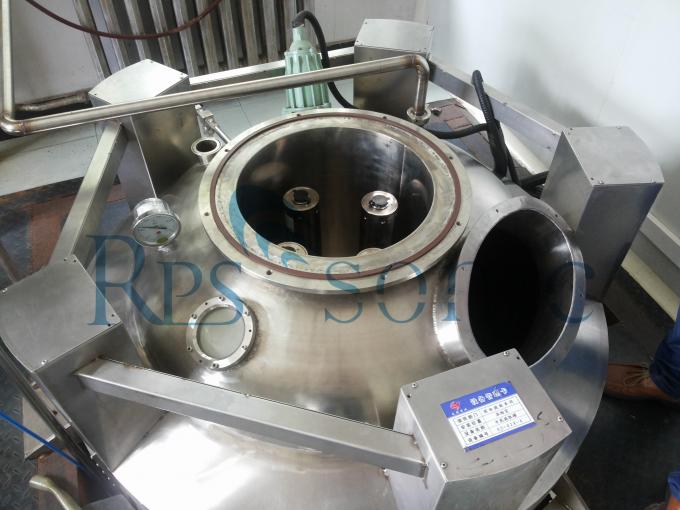Titanium Horn ultrasonic homogenizer and the dispersion
Description| Frequency: | 20khz | Power: | 3000W |
|---|---|---|---|
| Generator: | Digital Generator | Horn: | Titanium Alloy |
| Capacity: | 20 L/Min | ||
| High Light: | ultrasonic homogenizer sonicator,ultrasonic cell disruptor | ||
Titanium Horn ultrasonic homogenizer and the dispersion
Parameter
Introduction: Dispersing With ultrasound energy, solid particles or even liquids can be dispersed into another carrier. Nanoscale powders such as titanium dioxide or pyrogenic silica are increasingly used in the production of test paints and lacquers or for the polishing of small body surfaces due to their large specific surface area and the increasing reaction potential. Moreover, these substances have the negative tendency to agglomerate, as a result of which flow and wetting properties deteriorate. The agglomerates formed are destroyed by means of an ultrasonic homogenizer and the dispersion is permanently stabilized against a reagglomeration. In particle size analysis, dispersing is of great importance for the measurement process. The particles are recognizable in the measuring process only as well as they appear as a detectable measuring signal in the measuring zone. Thus, non-dispersed agglomerates lead to considerable mismeasurements. With the help of ultrasound, the particles are finely divided and thus prepared for a subsequent measurement. When emulsified with ultrasound, two immiscible liquids such as oil and water are processed into a quasi-homogeneous emulsion. Compared to conventional methods using e. g. rotors, it is possible with the help of ultrasound to produce finely dispersed emulsions with very small droplet sizes and very high stability. Neither clump or cluster formation nor sedimentation of droplets take place. With conventional methods such as rotors or stirrers, slow stirring often results in the separation of the liquid. A too rapid stirring leads to undesirable air inclusions. Ultrasonic homogenizers are often used in pharmacies for the high-quality small-scale production of ointments. Ultrasonic homogenized emulsions are encountered in many different forms in everyday life, for example in cosmetics or lotions. Homogenizing The technical application possibilities of ultrasonic homogenizing range from the production of paints and lacquers to the homogenization of waste water and soil samples for analysis purposes up to sample preparation for grain size analysis. Industrial wastewater, in particular, is continuously examined for the presence of heavy metals, fats or oils in environmental laboratories in order to initiate immediate measures in the event of concentrations being exceeded. For representative analytical results, it is necessary to convert the wastewater samples into a homogeneous state. This is achieved by ultrasonic homogenization within a very short time and with high reliability. For the characterization of waste samples with regard to their possibility for landfill and the assessment of pollutants, such as PAHs (polycyclic aromatic hydrocarbons), heavy metals or MKW (mineral oil hydrocarbons) in soils, extraction with ultrasound is used as a fast homogenization process as an alternative to elution. In agriculture, ultrasonic homogenizers, are used for sample preparation to determine subsequently the THC content in hemp as well as in the determination of PAH concentrations in vegetable foods, for example strawberries, depending on the soil load. Ultrasonic homogenizers are used very frequently in quality control of foodstuffs. To comply with the limit values, the nitrate content of cheese must be determined in the laboratory. The previous method using xylenol methanol distillation and subsequent photometry is toxicologically extremely questionable and particularly time-consuming. For the quantitative determination of the nitrate content, the cheese is therefore alternatively mechanically pre-crushed. This is followed by an intensive and fine homogenization with ultrasound in a rosette cell within a very short time. The achievable particle size is less than 1 μm, and the subsequent filtration for the quantitative washing out of ions is considerably facilitated since no conglomerate formation can take place.

